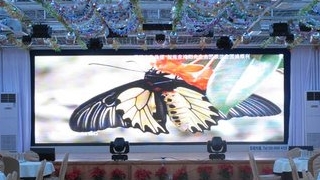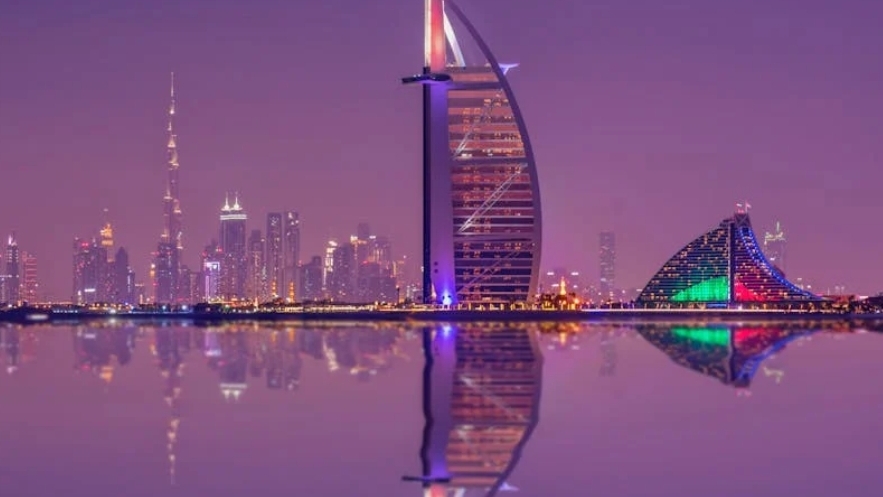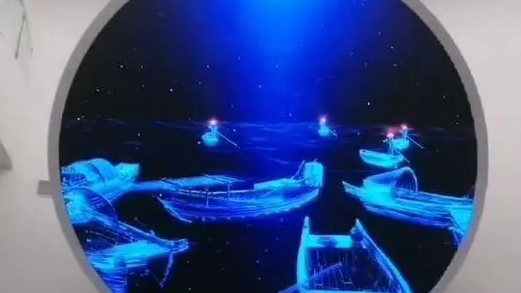




LED displays facilitate distance education, transcending the boundaries of time and space. In distance education, students and teachers may be located in different places. LED displays enable smoother communication between them.Teachers can use LED displays to present teaching content and interact with students in real time. Students can see the teacher's explanations and demonstrations on the screen and communicate with the teacher via camera and microphone. This is just like attending class in the same classroom.The high definition and stability of LED displays ensure clear display of teaching content. Even in situations with poor network signal, basic teaching quality is guaranteed. Furthermore, students can use the display to replay teaching videos and review what they have learned.In distance education, LED displays provide students and teachers with a convenient and efficient teaching platform. It breaks down the limitations of time and space, allowing more people to access quali
LED displays have become standard equipment in smart classrooms, making teaching more efficient. In smart classrooms, LED displays serve as core teaching equipment. Teachers can use the displays to present teaching content, such as courseware, videos, and images. This is more convenient and clearer than traditional blackboards and projectors.The high brightness and high resolution of LED displays ensure that students can clearly see the content on the screen in different lighting environments. Teachers can also annotate and highlight key points on the display, helping students better understand and master the knowledge.Furthermore, LED displays enable interactive teaching. Students can answer questions and participate in discussions by touching the screen. Teachers can monitor students' learning progress in real time and adjust their teaching strategies accordingly. In smart classrooms, LED displays, combined with other teaching equipment and software, form a complete teaching system.
LED displays at anime conventions create a virtual world of anime and manga. The convention is filled with various anime elements and fans, and the LED displays add even more color to this world.LED displays can showcase exciting clips from anime works, character introductions, and other information. Anime fans can learn more about anime content and relive classic scenes through the displays. The displays can also play anime music and theme songs, immersing fans in the anime atmosphere.In some interactive areas, LED displays allow fans to interact with the content. Fans can send their favorite anime characters and messages via their mobile phones, which are then displayed on the screens. This increases fans' sense of participation and belonging.Furthermore, LED displays can showcase information and images of anime-related merchandise. This attracts more fans to purchase these items. At anime conventions, LED displays become a bridge connecting anime works and fans, allowing more people
The spectacular displays on LED screens at sporting events have brought a unique viewing experience to audiences. At the sporting event venue, LED screens can display real-time information such as scores, times, and athlete statistics. Spectators can stay informed about the progress of the game through the displays.The screens can also play replays and close-up shots. When athletes perform exciting moves, the screens can immediately display the replay, ensuring viewers don't miss a single moment. Close-up shots allow viewers to clearly see the athletes' expressions and movements.Furthermore, LED screens can display advertisements and sponsor information, bringing economic benefits to the event organizers. In some large-scale sporting events, LED screens can also display dazzling lighting effects and animations, creating a vibrant atmosphere that complements the game's ambiance.The application of LED screens in sporting events is becoming increasingly widespread. It has become an indisp
LED displays enhance theatrical performances, adding an artistic dimension. Creating the stage setting is crucial in theatrical productions. LED displays can show corresponding background images based on the plot and atmosphere of the play.In period dramas, displays can show ancient palaces, streets, and other scenes. In modern dramas, displays can show city skyscrapers, offices, and other scenes. This immerses the actors in the environment, enhancing the realism of their performances.LED displays can also display abstract elements and emotions. Through changes in light and color, they can express the themes and emotions of the play. When a play expresses sadness, the display can show somber images and somber music.Furthermore, LED displays can interact with the actors' performances. The actors' movements can trigger special effects on the screen. This increases the performance's interest and visual appeal. The application of LED displays in theatrical performances is receiving increas
LED displays have demonstrated a unique charm in art exhibitions. In art exhibitions, artists showcase their works through various forms, and LED displays provide a new platform for art display.LED displays can showcase an artist's creative process and sources of inspiration. By playing videos and images, viewers can understand the artist's creative thinking, enhancing their understanding and appreciation of the artwork. The displays can also show details and specific parts of the artwork. Viewers can zoom in and out to carefully observe the texture and color of the work.Furthermore, LED displays can also achieve multimedia presentations. Combining artworks with music, videos, and other elements creates a unique artistic atmosphere. The application of LED displays is very widespread in some modern art exhibitions. It breaks the limitations of traditional art display, building a more interactive and open platform between artists and audiences.
LED displays in museums offer a new way to showcase culture. Traditional museum displays primarily rely on artifacts and exhibition panels. The application of LED displays makes cultural presentations more vivid and engaging.LED displays can showcase detailed information about artifacts, such as their historical background, craftsmanship, and cultural significance. By combining images, videos, and text, visitors can gain a deeper understanding of the artifacts. The displays can also show 3D models of artifacts, allowing visitors to observe them from different angles.When presenting historical events and cultural stories, LED displays can play relevant videos and animations. This is more intuitive and vivid than traditional text descriptions. Visitors can learn more historical knowledge in a shorter time.Furthermore, museums can use LED displays to interact with visitors. Interactive games and Q&A sessions can be set up, allowing visitors to learn while having fun. LED displays bring ne
LED displays transform concerts into visual feasts. While the singer's performance is the core of a concert, the LED display's coordination is equally crucial. It can showcase the singer's highlights, lyrics, special effects, and more.When displaying highlights, the LED display can capture details such as the singer's expressions and movements, allowing the audience to see them clearly even from a distance. Displaying lyrics facilitates audience participation and increases interactivity. Special effects can create various fantastical scenes that resonate with the music and the singer's performance.In some large-scale concerts, LED displays can also achieve multi-screen联动 (multi-screen interaction). Multiple displays simultaneously show different content, creating a vast visual space. This delivers a powerful visual impact to the audience. Furthermore, the dynamic display effects of LED displays can change with the rhythm of the music. When the music is more intense, the images on the s
LED displays in theme parks add a joyful atmosphere. Within theme parks, LED displays can be installed on various rides, performance areas, and rest areas. At ride entrances, displays can show information about the rides and queue times, allowing visitors to plan their time accordingly.LED displays in performance areas can showcase show content and previews. By playing exciting videos and images, they attract more visitors to the shows. In rest areas, displays can play lighthearted music and animations, creating a pleasant atmosphere for visitors to relax.LED displays can also be tailored to the theme park's specific theme. In an ocean-themed park, images and videos of marine life can be displayed. In a fairytale-themed park, fairytale characters and stories can be featured. This enhances the theme park's atmosphere, making visitors feel as if they are in a dream world. Theme park LED displays bring more joy and surprises to visitors.